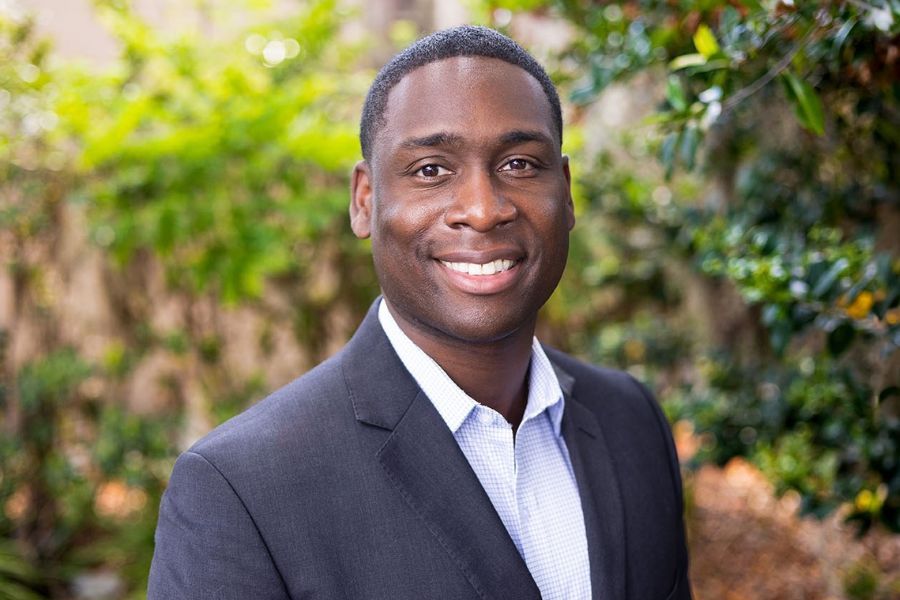Hillary Clinton’s short-sighted tax on long-term capital gains leaves advisers unimpressed

Pandering move says plenty about the candidate and her economic sense.
Whatever Hillary Clinton had in mind with her multitiered, multiyear capital gains tax plan, it has left the financial advice community confused and unimpressed with the economic wit of the front-runner in the race for the 2016 Democratic presidential nomination.
“That plan doesn’t have a snowball’s chance in hell of ever passing because it’s economic and market suicide,” said Paul Schatz, president of Heritage Capital.
Ms. Clinton’s proposal, which takes a relatively simple two-tiered capital gains tax and introduces six different levels over as many years, was promoted as way to encourage long-term investing.
Trouble is, the plan overlooks or severely hinders almost every type of investing and planning strategy in the process.
Even though the plan has already mostly been written off as political pandering, it is still worth examining how and where financial advisers might navigate a tax plan that goes directly after their high-net-worth clients, and could also create new challenges for mutual fund investors who receive annual capital gains distributions.
‘BUY COLLECTIBLES’
“For high-earners, I would say fund your retirement accounts to the max and buy collectibles or even gold to avoid the taxes under that plan,” said Rose Swanger, principal at Advise Financial. “Annuities might also be an option to try and postpone the taxation.”
An annuity-wrapper strategy, which allows for tax-deferred trading until the money comes out of the annuity, was also cited by Mr. Schatz as a way around Mrs. Clinton’s plan, which extends short-term gains to two years.
“I guess this plan would be a boon for universal life and variable annuity companies,” he said. “Hedging would also become more prevalent, as would the use of leverage to borrow against investments to use elsewhere.”
David Haraway, principal at Substantial Financial, said such a targeted focus on capital gains could open the door for opportunities in master limited partnerships, business development companies and even basic dividend investments that can convert income into something other than capital gains.
“My first instinct when it comes to reducing capital gains exposure would be to go into some kind of passive, low-turnover type of fund,” he said.
Under Ms. Clinton’s proposal, filers in the highest bracket would pay a 39.6% tax on investments held for less than two years. After two years, the rate would drop to 36%, and then drop four percentage points annually for the next three years.
NO ECONOMIC BENEFITS
While it is a plan that would surely hit wealthier investors in the pocketbook the hardest, it doesn’t appear to include any benefits for the overall U.S. economy or even non-wealthy investors.
This is not exactly what one might expect from somebody who claims to have once turned $1,000 into $100,000 during 10 months of cattle futures trading.
Todd Rosenbluth, director of mutual fund and ETF research at S&P Capital IQ, said Ms. Clinton’s plan could also ripple across the mutual fund industry, potentially creating an advantage for exchange-traded funds.
“Most mutual funds are not run from a tax-efficiency perspective, because they are usually run from a capital appreciation perspective with a priority to buy low and sell high, not taking into account when they bought and when they sell,” he said. “So there tends to be more capital gains activity in a mutual fund than an ETF, which very rarely has capital gains that get passed along to investors.”
Thus, Mr. Rosenbluth added, if there are extreme changes to capital gains tax policies, investors and advisers might have to make major adjustments in the way they use mutual funds in taxable accounts.
POSSIBLE BOON FOR ETFS
“Mutual fund portfolio management is not typically done on a six-year time horizon,” he said. “This kind of tax change might encourage more mutual fund investors to look at ETFs.”
Considering the basic economic premise that if you want something to grow you subsidize it, and if you want something to shrink you tax it, perhaps the scariest part of Ms. Clinton’s plan is that she found a reason to propose it in the first place.
“Introducing a six-year capital gains holding period would radically change how people invest, with a lot more emphasis on interest and dividends,” said Ed Butowsky, managing partner at Chapwood Capital Investment Management.
“The idea of raising the capital gains tax to help the middle class is the opposite of what would occur,” he added. “It’s a moronic idea, because higher capital gains taxes would send less money to the Treasury.”
Learn more about reprints and licensing for this article.








